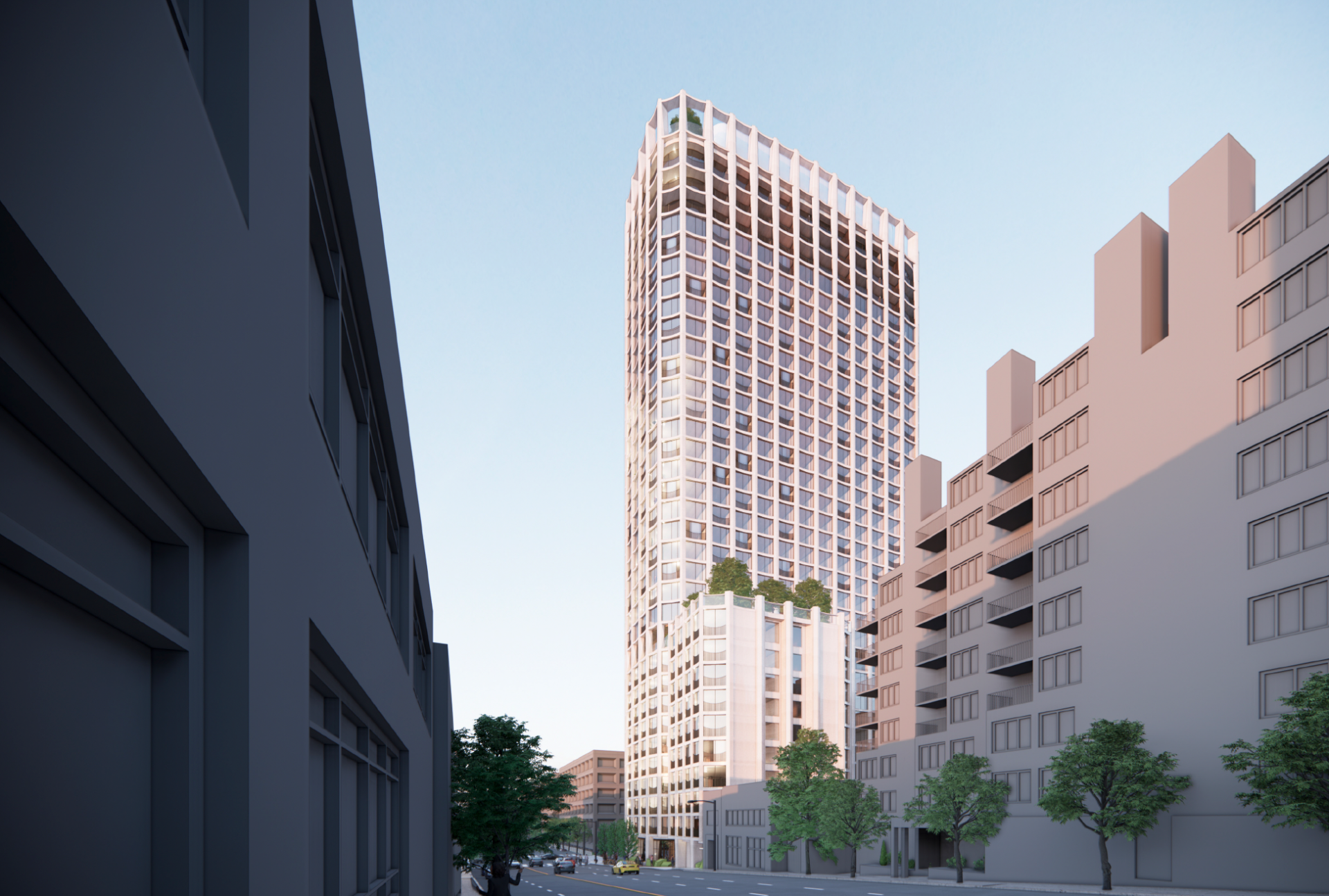SoMa neighborhood in San Francisco is set to welcome a new 35-story high-rise apartment tower that will offer much-needed housing, thanks to the recent approval by city planners. The tower, approved by the city’s Planning Commission in June, is designed to provide 524 apartments. Its strategic location places it a short distance away from prominent attractions such as the Museum of Modern Art and the Yerba Buena Gardens, and it’s just a 10-minute walk from Oracle Park.
The residential units in the tower will be diverse in size and type. Among the 524 approved units, 136 will be studios, 174 will be one-bedroom apartments, and 214 will be two-bedroom apartments.
A significant feature of the upcoming 35-story high-rise apartment in San Francisco is its commitment to sustainability. With parking spaces for 240 bikes and 125 cars, the building focuses on eco-friendly modes of transportation. On the ground floor, a restaurant or retail space will be available to the public. Additionally, the tower will include amenities like two rooftop gardens, a playground, a yoga lawn, and a barbecue area.
Cost of constructing upcoming 35-story high-rise in San Francisco
The construction of this tower comes with an estimated cost of $200 million, and it aims to address the city’s need for affordable housing. Within the complex, 84 homes will be designated as affordable rentals for households with incomes ranging from 50% to 110% of the Area Median Income (AMI).
Read also: $735M upscale apartment towers project in Bricktown moves closer to reality
Designed by Henning Larson and Multistudio, the tower’s architecture takes inspiration from California redwood trees, with a white exterior, floor-to-ceiling windows, and inset balconies. A rooftop deck will offer panoramic views, accompanied by trees, while the 11th floor will feature a landscaped terrace.
The new 35-story high-rise apartment construction is expected to begin next year and is projected to take approximately 35 months to complete. The tower aims not only to provide housing in San Francisco but also to enhance the neighborhood’s appeal and offer modern, sustainable living spaces for residents.

Leave a Reply